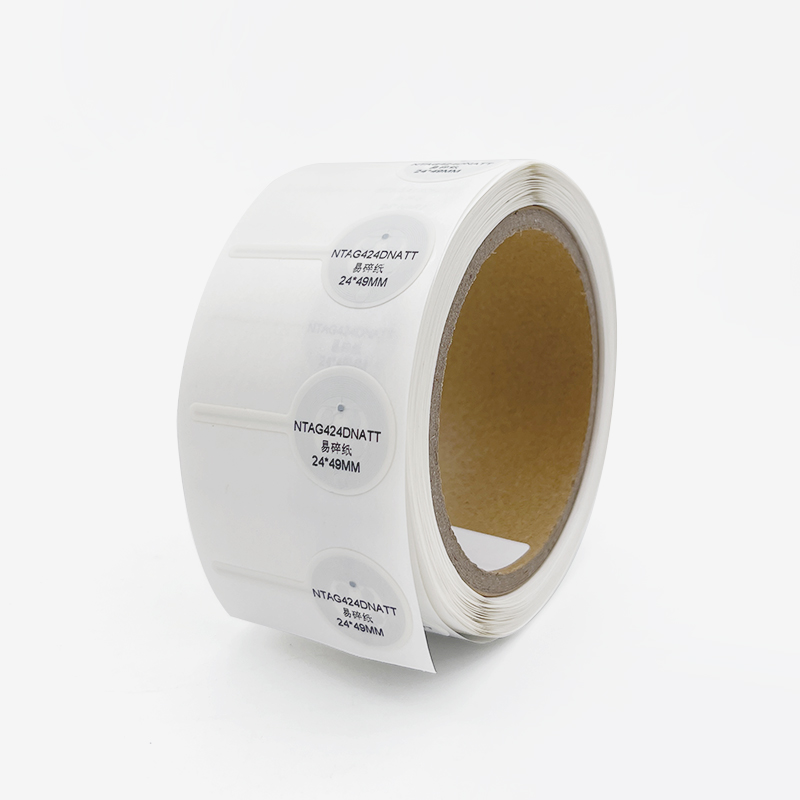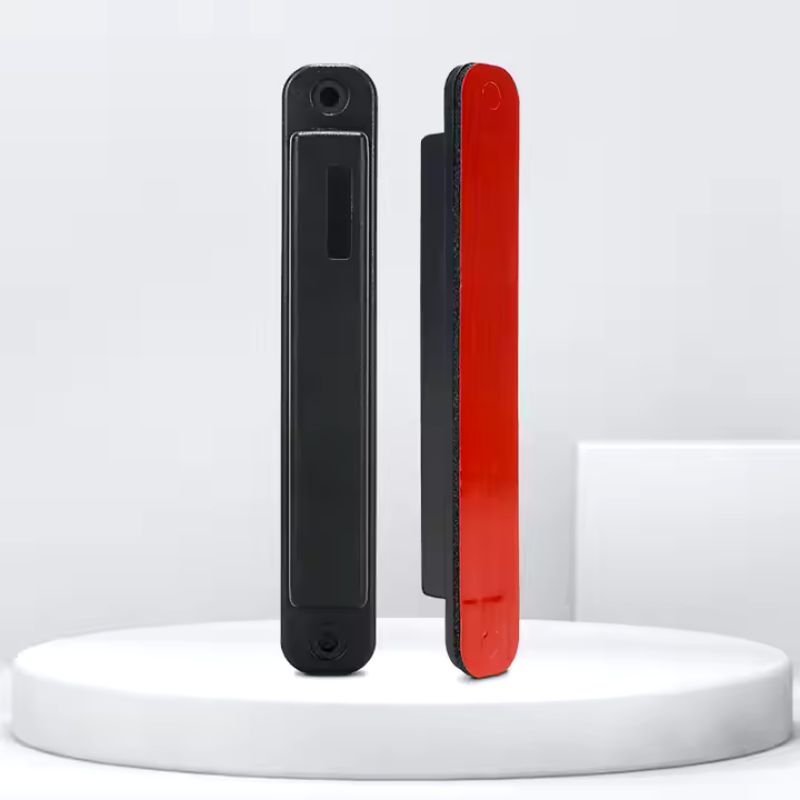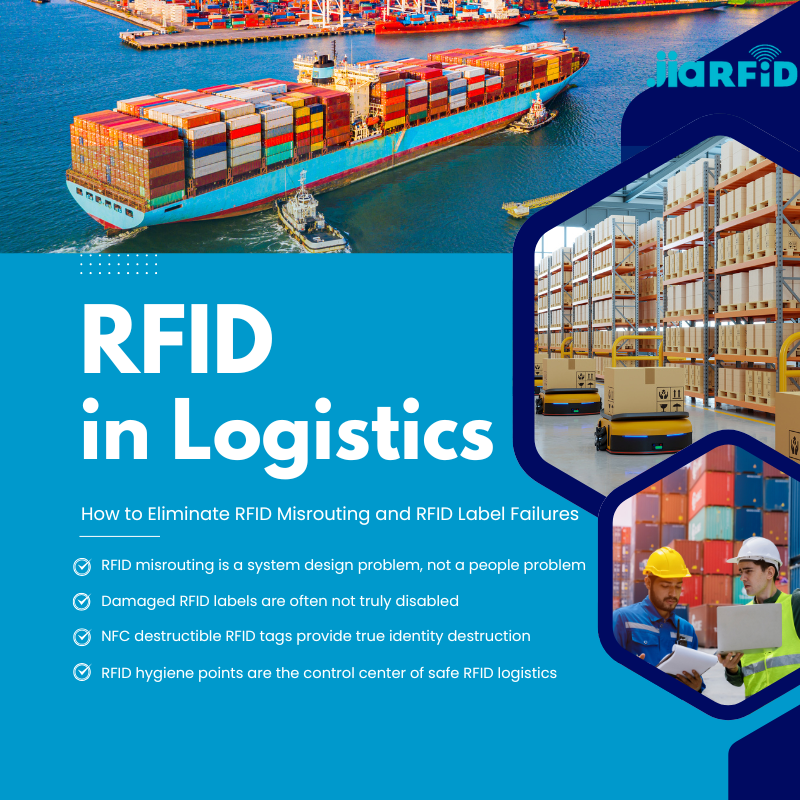
RFID Tag Pricing Guide 2025: Factory Costs & Bulk Order Savings
Table of Contents
How Much Do RFID Tags Cost? Understanding the Factors and Benefits
This guide breaks down the factors affecting RFID costs, the types of tags available, and how businesses can maximize their investment in RFID technology.

What Is an RFID Tag and How Does It Work?
RFID tags are small devices used to track objects, inventory, or assets using radio-frequency identification technology. They store data that can be read by an RFID reader without direct contact. These tags are embedded in products or packaging and are pivotal in industries ranging from retail to logistics.
Why it matters: RFID tags help businesses streamline operations, track inventory in real-time, and improve accuracy.
Types of RFID Tags: Which One Is Right for You?
When selecting an RFID tag, it’s essential to understand the different types available:
Passive RFID Tags
- Cost: Lower cost per tag, typically $0.10 to $0.50 when bought in bulk.
- Power Source: No internal power; powered by the RFID reader’s signal.
- Use Cases: Inventory tracking, supermarkets, and libraries.
Active RFID Tags
- Cost: Higher upfront costs, starting at $15 to $50 per tag.
- Power Source: Internal battery for extended range and data capacity.
- Use Cases: Tracking vehicles, asset management systems, and industrial environments.
Semi-Passive RFID Tags
- Cost: In between passive and active tags; typically used for specialized applications.
- Use Cases: Environments requiring sensors, such as cold storage monitoring.
For detailed insights, explore our Passive RFID Tags.
Breaking Down the Cost of RFID Tags
The cost of RFID tags varies depending on factors like type, memory size, and durability. Here’s a breakdown:
Type of RFID Tag | Cost Per Tag | Primary Use Cases |
Passive RFID | $0.10–$0.50 (bulk) | Retail, libraries, supermarkets |
Active RFID | $15–$50 | Logistics, vehicle tracking |
Semi-Passive RFID | $1–$10 | Specialized industries |
How Does the RFID System Work and What Are the Costs?
An RFID system consists of tags, readers, antennas, and a management system. The total cost of ownership includes:
- Hardware Costs:
- RFID readers: $500–$2,000 each.
- Antennas: $50–$500.
- Tag Costs:
- Passive RFID tags: The most economical for high-volume needs.
- Active RFID tags: Costlier due to internal batteries.
- Software and Integration: $10,000–$50,000 depending on complexity.
For tailored solutions, visit our RFID System Solutions.
Active vs. Passive RFID Tags: Cost and Performance
Active tags, though more expensive, offer an extended range and more robust features. Passive RFID tags, on the other hand, are ideal for high-volume, cost-sensitive applications like retail inventory.
Cost Comparison
Feature | Passive RFID Tags | Active RFID Tags |
Cost per Tag | $0.10–$0.50 | $15–$50 |
Range | 1–10 meters | Up to 100 meters |
Durability | Moderate | High |
What Affects the Cost of RFID Tags?
Several factors influence RFID tag pricing:
- Material and Durability: Waterproof or heat-resistant tags may cost more.
- Data Storage Capacity: Tags with larger memory are pricier.
- Order Volume: Buying RFID tags in bulk reduces costs significantly.
How to Choose the Right RFID Technology for Your Business
When selecting RFID technology, consider:
- Application Requirements: Asset tracking vs. inventory management.
- Environment: Harsh conditions may require durable tags like On-Metal RFID Tags.
- Frequency Needs:
- UHF RFID tags are cost-effective for inventory tracking.
- LF and HF tags work better for close-range applications.
Understanding Maintenance Costs in RFID Systems
Maintenance involves replacing damaged tags, updating software, and ensuring RFID readers are functioning. Annual maintenance costs typically account for 10% of the initial investment. Minimizing system costs ensures long-term success.
The Long-Term ROI of RFID Tags
Investing in RFID systems leads to:
- Cost Savings: Automated tracking reduces labor costs by up to 30%.
- Enhanced Accuracy: Real-time inventory updates minimize errors.
- Improved Customer Experience: Faster stock replenishment increases satisfaction.

FAQs About RFID Tags and Costs
How much do RFID tags cost in bulk?
Buying RFID tags in bulk can reduce the cost to as low as $0.10 per tag for passive RFID tags.
What is the maintenance cost of an RFID system?
Annual maintenance costs typically account for 10% of the initial system investment.
Which RFID tags are best for supermarkets?
Passive RFID tags are ideal for supermarkets due to their low cost and suitability for inventory tracking.
How does RFID technology improve business efficiency?
RFID tags enable real-time tracking, reducing labor costs and improving operational accuracy.
Summary of Key Points
- Passive RFID tags are cost-effective for bulk purchases.
- Active RFID tags offer extended functionality but come at a higher price.
- Total system costs depend on hardware, software, and maintenance.
- The long-term ROI justifies the upfront investment for businesses.
For more information, visit our comprehensive guides on Passive RFID Tags and Types of RFID Tags.
Comments
Hot Products

RFID in Logistics: How to Eliminate RFID Misrouting and RFID Label Failures
RFID in logistics is more than just a tool to speed up processes. It has become a key part of how modern supply chains operate.

What Is RFID Waste Management
Imagine a city where every trash bin speaks — not literally — but through a tiny chip that tells the system when it’s full, when it’s emptied, and where it went. That’s what RFID waste management is doing today.

What are Bolt Seals and their Applications? | Complete Guide
In global trade and logistics, bolt seals play a crucial role in ensuring cargo security and compliance. These small but powerful devices are designed to lock shipping containers, trailers, and cargo doors with a tamper-evident mechanism.

What is an RFID Card Protector? Benefits, Use Cases, and Buying Guide
RFID technology (Radio Frequency Identification) is everywhere: in your credit cards, ID badges, transit passes, hotel room keys, and more. It offers speed and convenience, but it also opens the door to a new kind of digital theft called “skimming.” That’s where an RFID card protector comes in.

RFID Wristbands for Events: Bulk Buying Guide for Organizers
RFID wristbands for events are becoming the go-to solution for organizers who need faster entry, fraud prevention, and cashless payments at concerts, festivals, and sports venues. Unlike paper tickets or QR codes, these smart wristbands use embedded chips to streamline access, secure transactions, and improve the guest experience.

How RFID Tag on Windscreen Improves Vehicle Access Control and Toll Systems
In today’s fast-paced world, vehicle identification needs to be quick, secure, and contactless. An RFID Tag on the Windscreen provides exactly that — a reliable way to manage toll collection, parking, and gated access without stopping vehicles.
Tags
RELATED BLOGS

RFID in Logistics: How to Eliminate RFID Misrouting and RFID Label Failures
RFID in logistics is more than just a tool to speed up processes. It has become a key part of how modern supply chains operate.

What Is RFID Waste Management
Imagine a city where every trash bin speaks — not literally — but through a tiny chip that tells the system when it’s full, when it’s emptied, and where it went. That’s what RFID waste management is doing today.

What are Bolt Seals and their Applications? | Complete Guide
In global trade and logistics, bolt seals play a crucial role in ensuring cargo security and compliance. These small but powerful devices are designed to lock shipping containers, trailers, and cargo doors with a tamper-evident mechanism.




